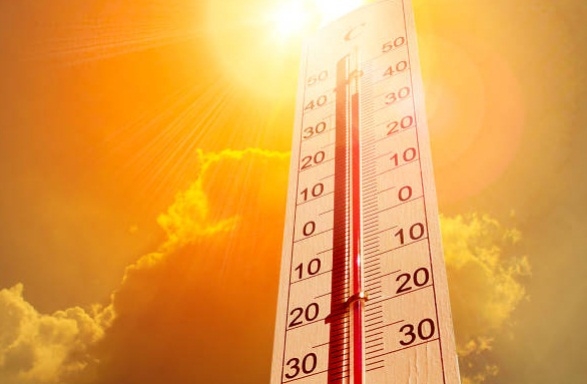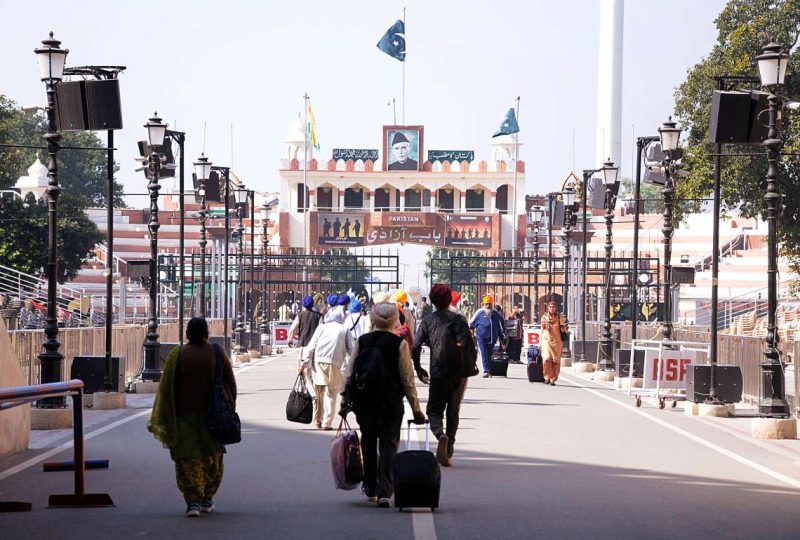Delhi experienced its hottest October in 73 years, with Safdarjung’s average maximum temperature at 35.1°C and the minimum at 21.2°C. …reports Asian Lite News
October 2024 marked the warmest October in India in 124 years, with an average temperature of 26.92°C, surpassing the norm by 1.23°C, according to the India Meteorological Department (IMD). Minimum temperatures also hit record highs since the IMD began tracking in 1901.
Delhi experienced its hottest October in 73 years, with Safdarjung’s average maximum temperature at 35.1°C and the minimum at 21.2°C. These rank as the fourth and sixth highest for October since 1901. The all-time highest average day temperature for October was 36.2°C in 1951, while the peak average night temperature was 22.3°C, recorded in 1915 and 1951.
The IMD predicts the warmth will continue into November, with above-average temperatures likely across Northwest and Central India due to a drier-than-normal monsoon. South Peninsular India could see increased rainfall. IMD Director General Mrutyunjay Mohapatra explained the heat surge as a result of the absence of cooling western disturbances and the presence of multiple low-pressure systems, including a cyclone, which intensified easterly winds.
Meanwhile, Delhi’s air quality took a severe hit post-Diwali, with the Air Quality Index (AQI) exceeding 350 in several areas on November 1. The use of firecrackers, despite bans, contributed to the deterioration. At India Gate, where the AQI reached 317, residents voiced concerns over the health impact of the heavy haze, noting the sudden spike in pollution levels.
Delhi’s air quality worsens
Delhi’s air quality further plummeted following Diwali, as the Air Quality Index (AQI) reading surpassed 400 in multiple parts of the national capital on Monday, placing it in the ‘severe’ category.
Areas including Anand Vihar (433), Ashok Vihar (410), Rohini (411), and Vivek Vihar (426) registered AQI levels above 400, according to the Central Pollution Control Board (CPCB).
Other regions like Dwarka, Patparganj, Jahangirpuri, and Punjabi Bagh also recorded ‘severe’ AQI levels.
Meanwhile, several parts of Delhi fell into the “very poor” category, with Lajpat Nagar, RK Puram, Lodi Road, and North Campus reporting AQIs above 370. The city’s average 24-hour AQI at 7 a.m. on Monday was 373, a notable decline from Sunday.
The Air Quality Early Warning System (EWS) cautioned that unfavourable meteorological conditions, such as calm winds and low temperatures, are expected to hinder pollutant dispersion.
The India Meteorological Department (IMD) forecast smog and mist during the early hours from Monday to Wednesday, with wind speeds predicted to stay under 10 kmph, worsening pollution levels.
Despite a decrease in stubble burning’s contribution to 15 per cent on November 2 (down from 35 per cent on November 1), Delhi’s AQI registered the season’s highest on Sunday at 382, escalating from 316 on Saturday.
The situation in the NCR region also remained concerning, with Noida at 305, Ghaziabad at 295, and Gurugram at 276. High AQI levels were also recorded in nearby states, including Sriganganagar (397), Hisar (372), and Bharatpur (320).
In response, the Commission for Air Quality Management (CAQM) has rolled out multiple measures, including the Graded Response Action Plan (GRAP), alongside imposing penalties on polluting construction sites, vehicles, and industries.
Road dust control efforts include the daily deployment of around 600 mechanical road-sweeping machines, water sprinklers, and anti-smog guns across the National Capital Region (NCR).
The AQI between zero and 50 is considered ‘good’; 51 and 100 ‘satisfactory’; 101 and 200 ‘moderate’; 201 and 300 ‘poor’; 301 and 400 ‘very poor’; and 401 and 500 ‘severe’.
ALSO READ: Trudeau Slammed for Dodging Khalistani Issue














